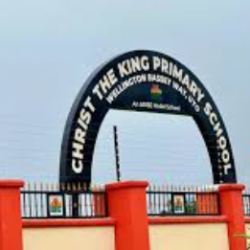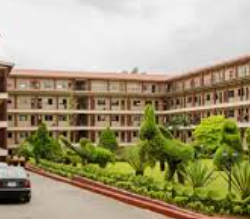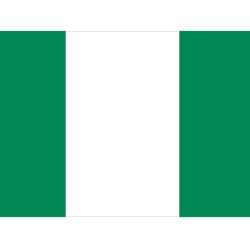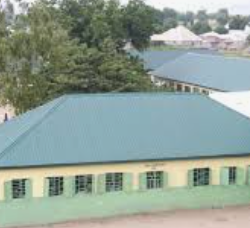
The Ibom Industrial City (IIC) is meant to create new jobs and work as a functioning and integrated new city, with housing and all required infrastructure services, integrated with the Ibom Deep Sea Port (IDSP) facility, being developed in parallel to the Industrial City.
It is meant to transform Akwa Ibom into a focal point for industry, trade and innovation. Local, regional and international investors will capitalise on its strategic location which provides a new trade opportunity along Africa’s western coast.

This is encapsulated in the project vision: “Ibom Industrial City, harnessing its strategic waterfront location, is envisaged to become an exemplar industrial city with a world-class deep-sea port, which will act as a gateway to West and Central Africa, attract global investment, foster innovation and act as a national and regional industrial and economic hub”.①
The vision and economic development strategy for the IIC aligns with the Nigeria Vision 2020 Plan, Niger Delta Regional Development Master Plan and Nigerian Industrial Revolution Plan (NIRP).
The project site covers 14,517 hectares to the south-east of Akwa Ibom State.
This area of Nigeria is dotted with oil extraction plants, the majority of which are located to the east along the Atlantic Coast of the Niger Delta Region, known as Nigeria’s largest oil and gas producing region.

There are several oil extraction plants, both offshore and on mainland, in close proximity to Akwa Ibom and the site, the most significant of which are Calabar and Port Harcourt. The country’s product pipeline network links several distribution depots and follows the existing railway routes. A pipeline traverses through Akwa Ibom, connecting Calabar and Aba via Ikot Ekpene.
The other predominant economic activities in the region are agriculture and fishing, with several small fishing villages scattered across the site and along the coast. The last survey conducted in 2010 identified 22 settlements located within the site boundary, 17 of which were on the mainland and only five on Tom Shot island.
Major settlements across the State including Eket, Ikot Abasi, Ikot Ekpene, Abak, Oron and the state capital, Uyo are connected through
a series of expressways with links to national and international highways.
The Eastern Railway connecting Port Harcourt with Maiduguri is the only existing railway of significance prior to development of Ibom Industrial City. There are several road and rail expansion projects identified in the Nigeria Vision 2020 and Nigeria Integrated Infrastructure Master Plan (NIIMP) focussed on strengthening the rail network within this region.
Phase 1
Covering a total of 2,000 hectares in the western quarter of Ibom Industrial City, development in Phase 1 will primarily comprise heavy to medium industrial uses and the logistics zone. Some small-scale light industry and a part of the city centre are also included. Major roadways, including the expressways connecting to the planned Ibom Superhighway, and internal routes will be constructed as part of this phase.②

Reference
①, ② https://www.ibomindustrialcity.ng/projectbackground











